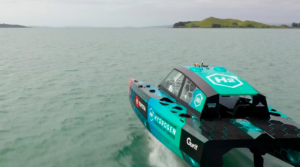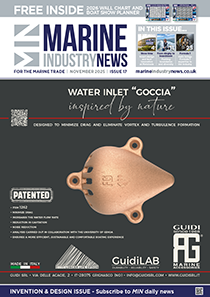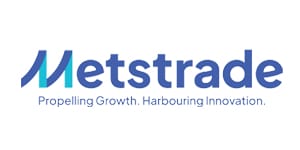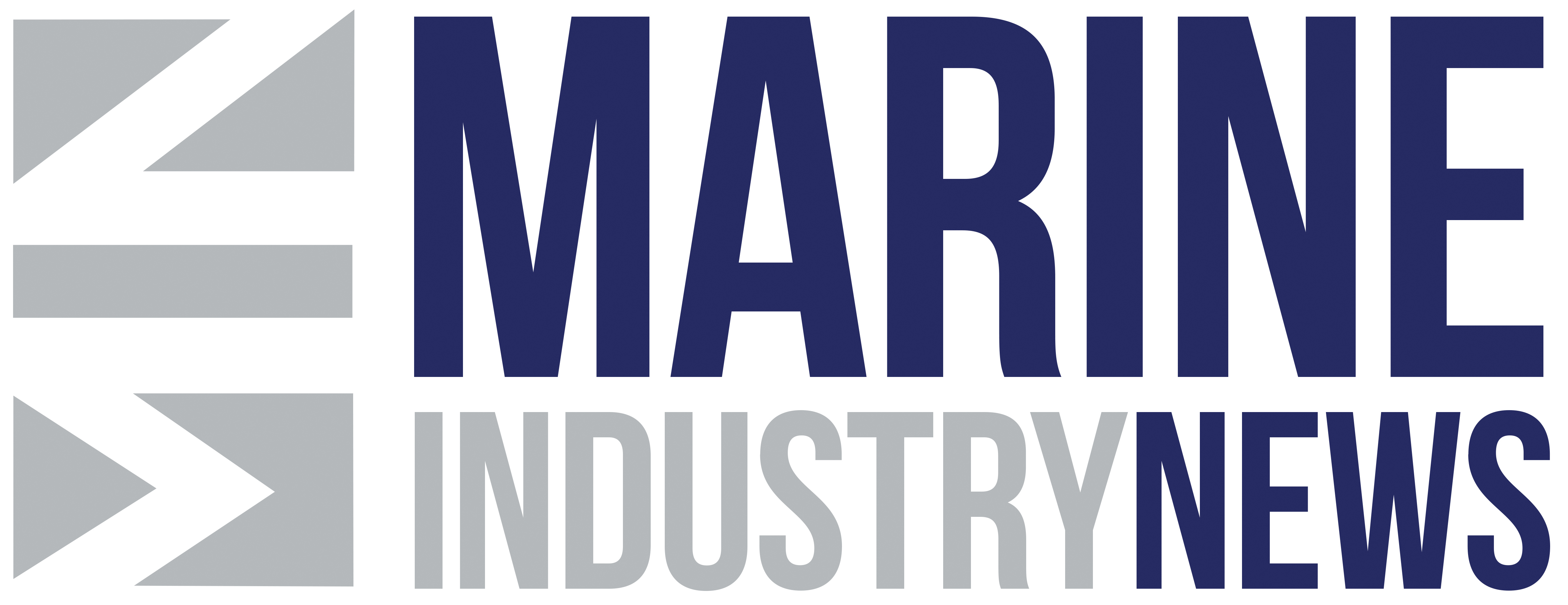In Focus: Caudwell Marine looks at inboard to outboard conversions for new diesel outboard
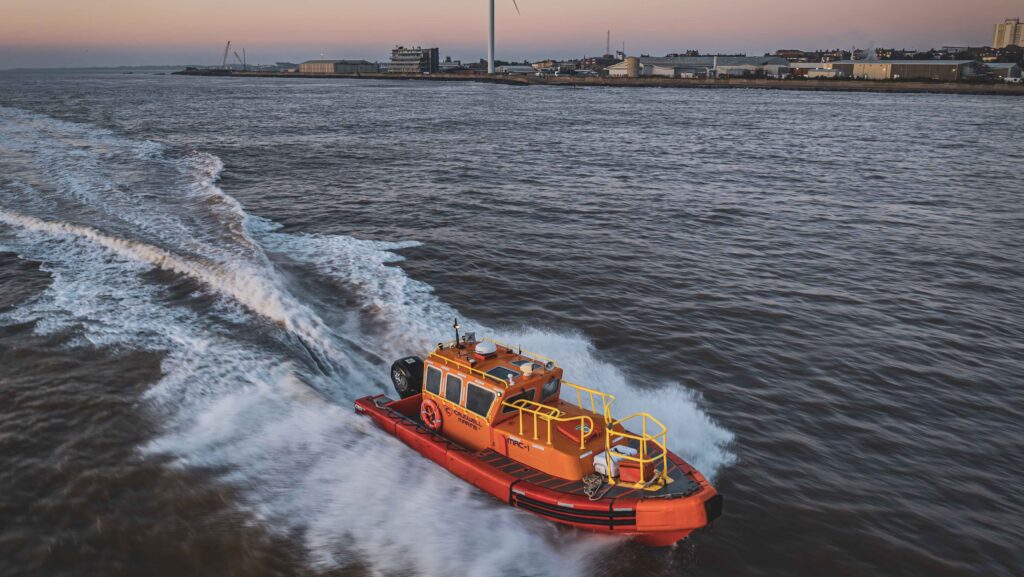
Given the drive towards a greener maritime future, Caudwell Marine’s marketing for its new diesel engine is going hard on its sustainability factors.
“We deliver sustainability in the form of 40 per cent fuel saving,” explains Peter Ordway, the company’s commercial director. “Certainly, there are other technologies that we are exploring for the future which will deliver even more so on this front, but for the immediate future offering the environment a reduction of 40 per cent in the fuel used by a high power outboard is a big step towards improving the goals we all share in relation to net zero emissions.
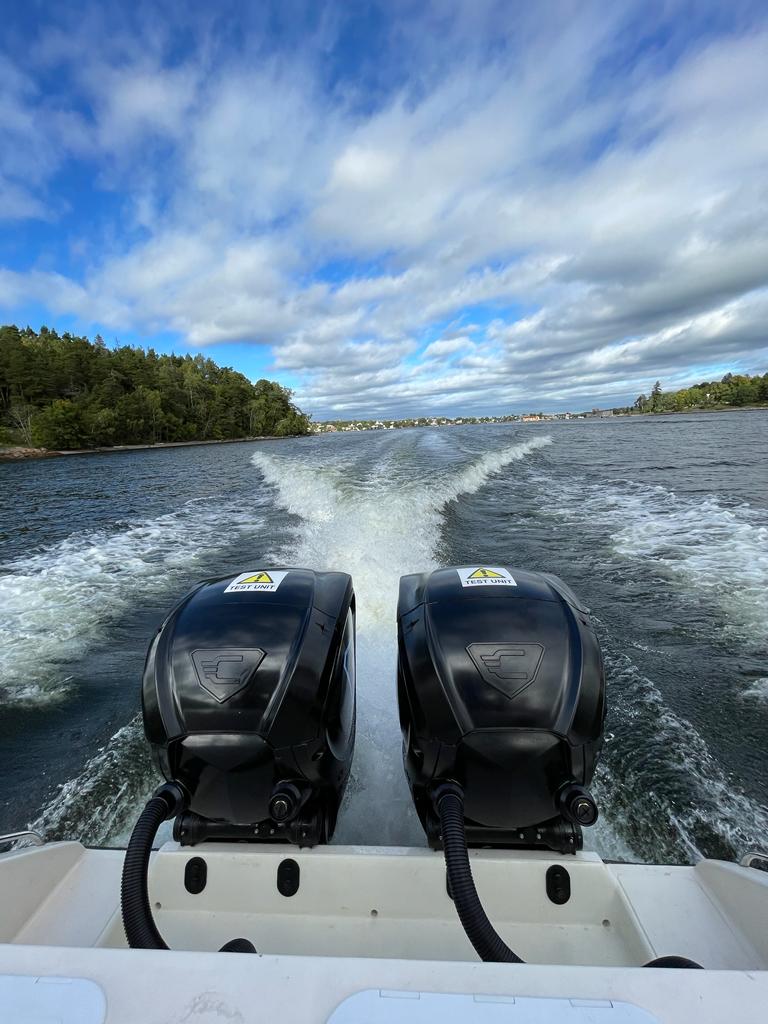
“Also, we have to be realistic. Commercial boat users must have power and performance to complete their work and this is where we feel the diesel outboard plays a pivotal role as we step away from inefficient gasoline and look for even more sustainable solutions in the future.”
The market – which he cites as in excess of 10,000 units per year globally – is experiencing a trend of inboard to outboard propulsion in many regions, and that presents a larger and larger market for Caudwell to target. (According to NMMA, total outboard unit sales reached a record 305,900 in 2022.)
“We anticipate our core market will be OEMs equipping vessels to be run at high duty cycles as well as commercial operators. In practice, this will mostly be commercial applications such as off-shore oil and gas, aquaculture, search and rescue and military and governmental. In addition we anticipate demand on superyacht tenders. We’ve seen that diesel outboards appeal in this application for safety reasons – this is due to the fact that diesel is a far less combustible fuel than petrol and is therefore safer to store,” says Ordway.
“Petrol outboards are more expensive to run and use a more combustible fuel. Diesel inboards are heavier, less serviceable and take up more space on-board. Existing diesel outboards on the market have sought to combine the best of both worlds, but don’t yet benefit from features that Caudwell Marine is introducing.”
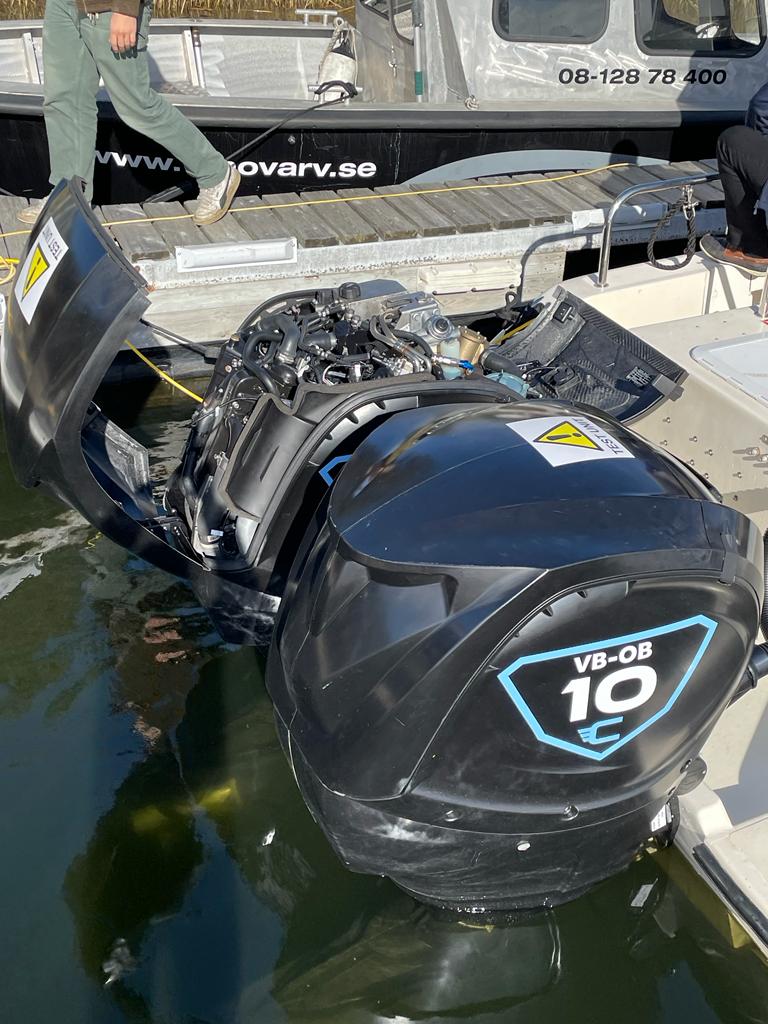
Ordway says those measures include its patented ‘axis-drive’ steering system, plus its unique dual propellers, twin-clutch gearbox and service hatch.
The axis-drive system is a fully integrated, electro-hydraulic steering system. Ordway believes it differs to most other outboards insofar it articulates steering from the lower part of the outboard leg only, with the powerhead and ‘upper leg’ remaining stationary in the turn.
“Uniquely, our steering system operates at a 120 degree angle, ensuring propellers are deployed to effectively deliver power throughout the turn, providing full control at both high and low speeds,” he continues. “The steering system is further enhanced by the inclusion of contra-rotating dual propellers which are intended to give users superior traction and ‘grip’ on the water.”
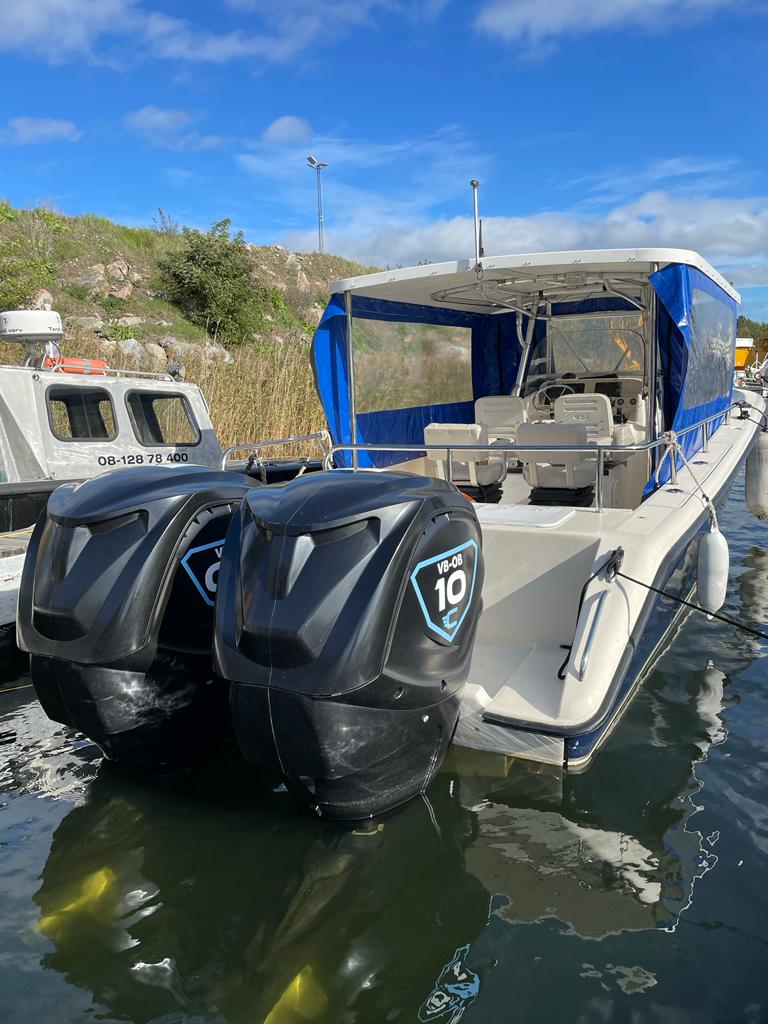
At the heart of the engine (from Italian diesel engine manufacturer, VM Motori) is a 300hp 3L Turbo-Charged V6 diesel powerhead. Based in a robust cast iron long block, it delivers 590nm of torque at 2,200RPM. Caudwell has calculated this to be 72 per cent higher than a popular [unnamed] 300hp petrol outboard. “Despite the power, the engine is extremely economical to run,” says Ordway. “We estimate users can expect 40 per cent fuel savings compared to a 300hp petrol outboard.
“The powertrain features a sophisticated twin-clutch gearbox. The proportional hydraulic technology within the gearbox allows independent control of the two clutches, leading to seamless directional transitions at high and low speed and smooth gear engagement between forward and reverse, plus crash-stop functionality if required.
“Our engineers have focused on making the engine easy to service. This is highlighted with the service hatch built into the engine’s cowling- this will help operators reduce downtime and provide access to most key maintenance items from the back of the vessel.”
Although MIN first reported Caudwell would be launching in early 2024, it’s now looking at a later date. That’s because the company is testing, testing, testing. It says it’s had over 19,000 hours of sea trials, over 4,000 hours of durability testing, 3,000 hours of corrosion testing, and exposed the engines to over 50,000 simulated wave cycles. That includes hot environment testing in Dubai and cold weather testing in Sweden.
“All of this has been done to ensure every aspect of our engine can be relied upon, to ensure that any faults are ironed out long before operators power their boats with Caudwell engines,” says Ordway. “We’ve gone above and beyond to put our engine through the rigours of testing in ways that other new entrants to the market haven’t.”
Caudwell first plans to focus on Northern Europe before widening its net. Ordway says it’s tying up the final details with the distributor network. “However, we intend to run demo units in several strategic markets so that potential customers can complete their own test and validation work before fully launching in their own market. This will form much of activity in 2024 and is key to building confidence in our product at the user level. We anticipate the US will be one of our most important markets, however, we are also receiving a high degree of interest from potential distribution partners in the Middle East and the Asia-Pacific region.”
But Caudwell is aware it’s stepping into a market sector which has seen a few casualties.
“Perhaps saying other engines have failed is too strong,” reflects Ordway. “However, fundamentally, we believe success will be about credibility. All boat operators must have a propulsion system that performs day in and day out and for a long time. Our feedback is that the market is not yet satisfied on this point.”
Main image courtesy of Luke Martin Photography, Burgh Castle.

